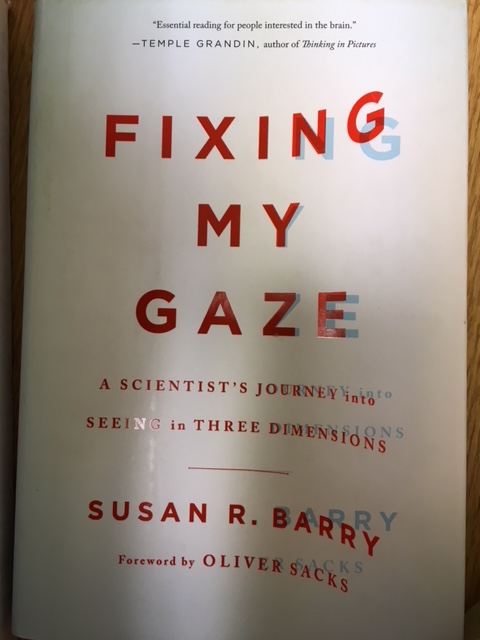Strabismus

Strabismus
Strabismus is a medical term used when the two eyes do not point at the same object at the same time (i.e. when the eyes are not coordinated and one or both eyes will turn in or out).
Currently, thanks to many recent advances in the field of neuroscience, it is now possible to substantiate the underlying causes of strabismus and amblyopia. In turn, this has given us insight into newer, less invasive, and much more successful treatment modalities for these conditions.
Learning how to coordinate the two eyes together is a complex cortical process. There is a true muscle problem in less than 5% of cases of strabismus. In fact, strabismus is a developmental process, a failure to learn to coordinate the eyes, and rarely ever present at birth. An ophthalmological study of more than 1,000 consecutive births by Helvelston and colleagues did not find even one case of congenital strabismus occurring at birth. What was previously called congenital strabismus is now correctly termed infantile strabismus and refers to a failure to learn to coordinate the eyes during the first two years of life. During the Chairman’s address before the American Medical Association Section of Ophthalmology, the noted ophthalmologist Dr. A. D. Reudemann stated, “The fact of the matter is that seeing is a learning process. No one is born knowing how to see.” (Reference: Crossed & Lazy Eyes – Myths, Misconceptions and Truths by Pilar Vergara Gimenez)
When binocular development becomes obstructed, strabismus and amblyopia can occur. For this reason, patching (covering one eye) as the only treatment is not the best or most effective treatment. It addresses only the symptom and not the underlying cause of the problem.
A scientific study by Drs. Fitzgerald and Krumholtz at the State University of New York, State College of Optometry illustrates this point. They studied how well visual acuity gains from treatment were maintained 1 to 2 years after treatment was concluded. In patients who received optical correction (glasses) and occlusion, 40% lost some or all visual acuity improvement. In the group that received optical correction, occlusion, and optometric vision therapy, 100% maintained their visual acuity improvement!
Strabismus and Amblyopia is a two-eyed problem, not a one-eyed problem.